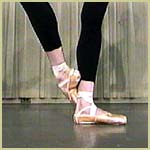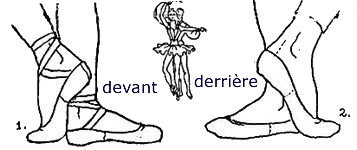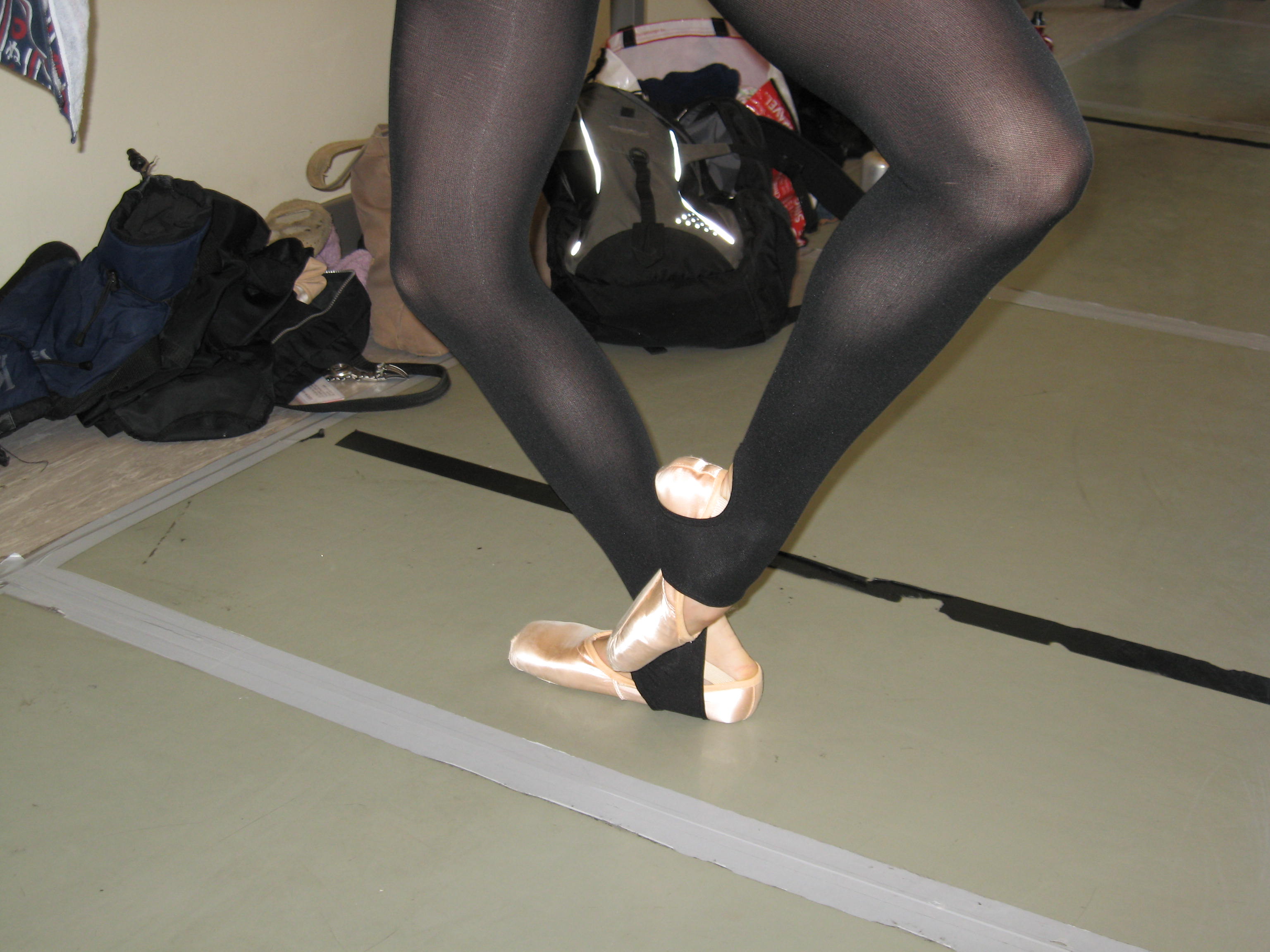Let’s call the whole thing off
Life contains few universals, but in my view the big three are love, Starbucks and ballet. What I love about Starbucks is that you can go into any store anywhere and a latté is made exactly the same way. Similarly, I can walk into any ballet class in the world and the “recipe” is essentially the same. The barre comes before the centre, which comes before across the floor, and a plié, is a plié, is a plié.
…most of the time.
While the five major methods of ballet* share many commonalities, there are certain particular aspects of each technique that distinguish them from one another.
When you closely compare the methods, you see the difference between the subtle, clean lines of the Cecchetti Method and the exaggerated lines of Vaganova. You see the balon of the Bournonville dancer and the épaulement of the French School. Then there are all those dance studios out there around the country and the world who teach some amalgamation of methods based on what the teachers were taught, what they believe, and trial and error.
I, myself, am one of those dancers who received a mixed bag of training pieced together with some of the Cecchetti Method, some Bournonville, and my own teachers’ ideas. I am not saying that this is necessarily bad… I believe that I received excellent training and don’t have any regrets. However, as a teacher I’m seeking my own ideas and it’s hard to look at each of the methods and know which one is “right”. Yes a plié is a plié, but how steps are executed may differ among methods. Names and positions can also vary slightly between methods.
Take for example the position of the foot in cou de pied.
Dissection of the neck of the foot
I’ve dabbled in nearly all of the major ballet techniques, and cou de pied is the position that causes me the most confusion by far. Here’s what I can deduce based on personal experience, independent research, and my dear friend Gail Grant, who literally “wrote the book” on ballet (2).
The Vaganova Method: Often referred to as sur le cou de pied, this position is really divided into three: sur le cou de pied devant (with the heel at the ankle bone and the toes wrapped around the ankle), sur le cou de pied derriere (with the heel at the base of the calf and toes pointed away) and the “conditional” position in which the toe is pointed in front of the leg and the toes touch the ankle bone.
The Cecchetti Method: cou de pied is a relaxed position of the foot in which the heel is placed just below the ankle bone so that the toes may gently rest on the ground. The heel may either be at the front or back of the ankle (devant and derriere, respectively). There is no wrapped position in this method, and the relaxed foot is employed in frappe and petit battement. The toe is fully pointed when performing steps such as coupe devant or derriere, jete temps leve, etc., essentially the same position as “conditional” in the Vaganova Method.
Everyone else: Cou de pied appears to be one of those steps that doesn’t line up with the whole “universal language of dance” idea. There are even variations between individual methods: the Cecchetti Council’s printed syllabus calls this position “devant on the ankle” (1), but Ms. Gail Grant, the quintessential goddess of dance terminology (and every Cecchetti teacher I’ve ever come across) call it cou de pied (2). But wait, there’s more! Many, many schools and teachers refer to it simply as “coupé” and do not differentiate between coupé the step and coupé the position… and the best part of this entire confusing dribble is that THEY ARE ALL COU DE PIED!
What’s in a name?
What you call a step may be of little importance in the grand scheme of things, but it just goes to show that someone somewhere thought that it would help the dancer’s training to teach it “like this”. I could sift through all of my files of peer-reviewed articles and try and rationalize one cou de pied over another cou de pied for some biomechanical or pedagogical reason, but quite honestly, I’m not sure it’s worth the effort. Regardless of what it’s called, where the foot is placed on the ankle, or whether the toe is pointed, if you, as a teacher, can justify why you are doing it that way, then do it.
Consider the focus of your lesson plan, and which method is going to best suit that need.
Enrico Cecchetti might tell you that the relaxed foot relates to the landing of a jump, and Agrippina Vaganova might tell you that the wrapped foot engages the turnout, and they are both probably right. In the end, whichever of the cou de pieds you decide to teach is up to you. Dancers around the world learned and are learning ballet following the same “recipe” with a dash of cou de pied that is different from school to school. Like Almond Joy and Mounds, they are different, yet equally delicious.
A refreshing contradiction
Now, this may be a contradiction from my usual banter about using evidence to support your teaching methods, and I tend to come from the school of thought that consistency and accuracy is important across classes, schools, and ballet in general. I believe strongly in choosing analogies and images, and technicalities carefully to maximize the potential for learning, and sticking with them. But in the case of cou de pied, I might just disagree with myself.
For younger dancers, it may be important to pick one version and stick to it, since too many exceptions to “the rule” can become confusing. As the dancer’s training progresses, however, you can utilize variations in positions across different methods to emphasize the points of your lesson plan.
Until someone actually researches how each variation of cou de pied impacts a dancer’s training, all I can say is:
- use your best judgment
- educate yourself on the variations of certain steps and reasons for using them
- be consistent with young dancers, and as they progress in their training make them aware of different methods to serve the goals of your lesson plans
—
*Cecchetti, Vaganova, RAD, the French School and Bournonville. Some might disagree with these designations or include others such as Balanchine. Others only talk of “the big three”: Italian, French, and Russian. Ultimately, the point is that these schools of thought have slightly different technique, vocabulary, and training regimens. They are essentially different dialects of the same language.
References:
1. Cecchetti Council of America (1991). Graded lessons in classical ballet technique: grade one, 3.
2. Grant, G. (1982). Technical Manual and Dictionary of Classical Ballet, 3rd revised edition. Dover Publications, 33-34.
Lauren Warnecke is a freelance writer and editor, focused on dance and cultural criticism in Chicago and across the Midwest. Lauren is the dance critic for the Chicago Tribune, editor of See Chicago Dance, and founder/editor of Art Intercepts, with bylines in Chicago Magazine, Milwaukee Magazine, St. Louis Magazine and Dance Media publications, among others. Holding degrees in dance and kinesiology, Lauren is an instructor of dance and exercise science at Loyola University Chicago. Read Lauren’s posts.




